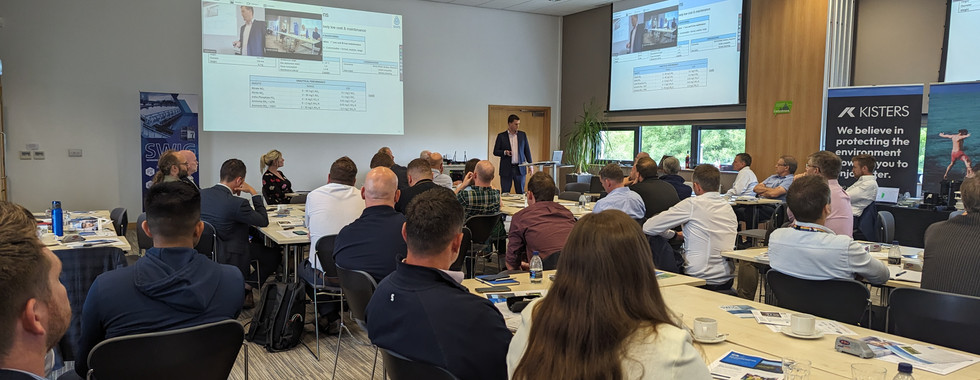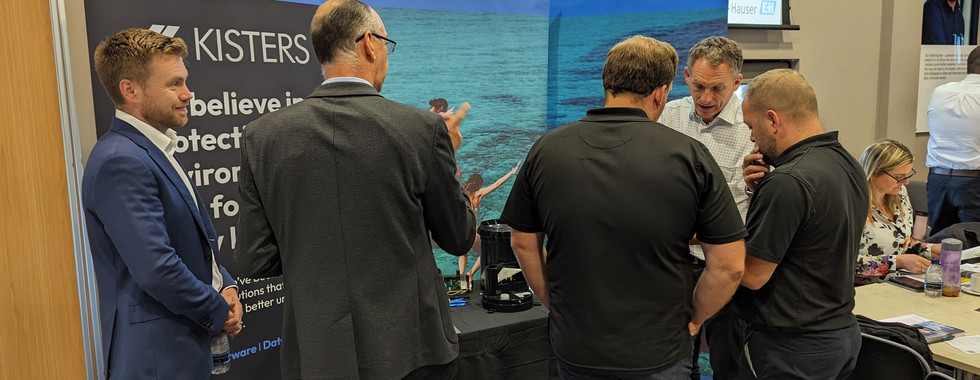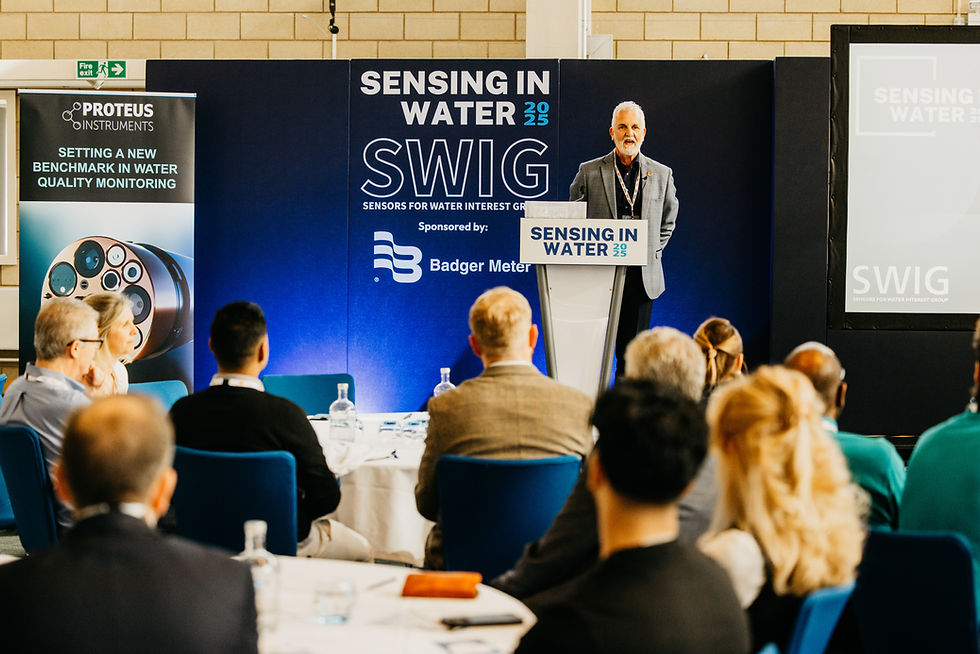Workshop overview - Monitoring CSOs Part 2
- Hannah Casswell
- Jul 13, 2023
- 4 min read
The thoughts of chairman, Mike Strahand.:
What a great workshop!
Thank you so much to Endress+Hauser for being such fabulous hosts. We'd particlary like to say thanks to Ipek Temizel, David Benbow and James Hodge. The venue was splendid and well presented, the food was super and our on-site hosts were helpful, kind and very professionaL.

And so, to the workshop; so much ground was covered.
The day was kicked off with a thought provoking piece from Simon Browning of The Rivers Trust who talked about the need for collaboration and openness. The way that the CaSTCo program is bringing together so many stakeholders was a great example of collaboration. Simon also reminded us that the state of our rivers is not exclusively a water industry problem. He wondered if some of the £5-6 billion CSO monitoring budget could be allocated to facilitate more citizen science and nature based solutions that tackled the already known issues.
We then heard from Tom Ogden of Yorkshire Water about some of the real problems facing water companies. If the CSO is at the end of a beautifully manicured lawn behind someone's house for example, how do you persuade the owner to let you install a big kiosk there? Do you sometimes have to compromise and choose practical over ideal? How do you allow for the fact that rivers change, deeper, wider, faster depending on the season and rainfall. Tom also showed how connecting a smart sewer network to smart CSO monitoring can give a result greater than the sum of the parts.
Viart Kapoor of Endress+Hauser closed panel 1 with a super visualization of how data level and flow and rainfall data can not just be collected from assets over a wide area but how that data can be turned into actionable work schedules It was easy to visualise how water quality data could be added to the flood warning system to give a catchment scale water health risk monitor.


Panel 2 was started by Medhi Khoury who demonstrated how serious gaming can give us high level overviews into the impacts of behavioural and structural changes. It was mind boggling to see that in a rain water stressed system changing something as simple as the type of a shower head in a house could reduce the pollution risk in a river downstream of a wastewater treatment plant by 60%. A great tool that could help us make better decisions on where and when we spend our money.
It was good to see a water industry outsider show us their solutions to nutrient monitoring. Matt Stevenson of Seneye showed how sensing technology from the world of aquariums and fisheries could be repurposed and utilised to help the CASO water quality challenge. Low power, low cost fully connected systems could reduce the capital cost of the CSO challenge if they can cope with the rigours of river monitoring.
Darren Hanson and James Chapman of Xylem; beautifully presented data to show us how the real world can impact data uncertainty. "Just what effect does fouling have on data?" they asked. We saw how despite nature's best effort to thwart us, we can still extract meaning and value from water quality data. Self cleaning, self diagnosing sensor with built in backup sensing elements mitigate the effects of fouling.

Panel 3 was kicked off by Kara Sadler of Z-Tech who asked "where are we going to find all the people we need and how are we going to train and retain them?" Important questions that are just as important as all the questions about technology and data. The answer lies in processes, data sets, dashboards and intelligent planning.
We then heard from industry veteran Rob Stevens of RS Hydro who addressed the thorny issue of "how do we accurately and reliably measure ammonium/ammonia in rivers.?" His CSO flow vs river flow dilution matrix illustrated just how low a measurement will be needed in most cases and highlighted the difficulties current ammonia sensor technology might have. Are optical ammonia solutions a way forwards either as a stand alone solution or as an aid to current technology?
The day was closed out by Oliver Hoffman of South West Sensors. He showed how another method of detecting ammonia can give improved accuracy and reach the lower detection limits that Section 82 is calling for whilst also reducing the level of on site intervention. He also proposed a methodology for the next stage of consultation that is more based on expert-led consulting that a one size fits all predetermined solution. His experience in the world of medical sensing was another good outside point of view.
There was a robust and healthy discussion after all the panels and the buzz in the room during the breakouts was loud enough to confirm that the content had hit the spot.
Additionally, we are thrilled to announce that the whisky raffle conducted during the workshop raised an impressive £340 in support of WaterAid. Congratulations to our winner, Nick Smedley! This remarkable contribution will go a long way in helping WaterAid's mission of providing clean water and sanitation to communities in need.

All presentations will be made available through the member's area of our website.
Once again, we express our sincerest gratitude to all the participants, exhibitors, and our gracious hosts at Endress+Hauser for their support and contribution to the Monitoring CSOs: Part 2 workshop.
Thank you to all our sponsors who took tabletop displays, the events can't take place without your support: ATi, Seneye, Xylem, In Situ, Kisters, Proteus Instruments, Churchill Controls, Z-Tech & UDLive.
See you at the next one!


























































Comments